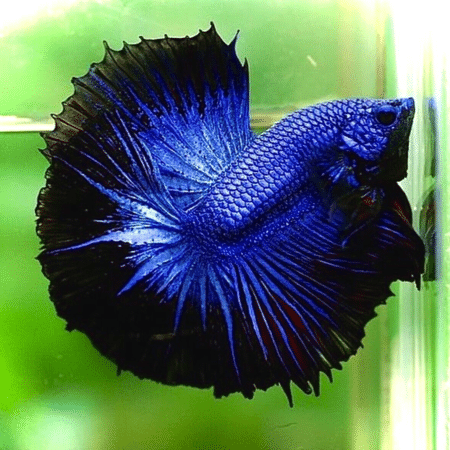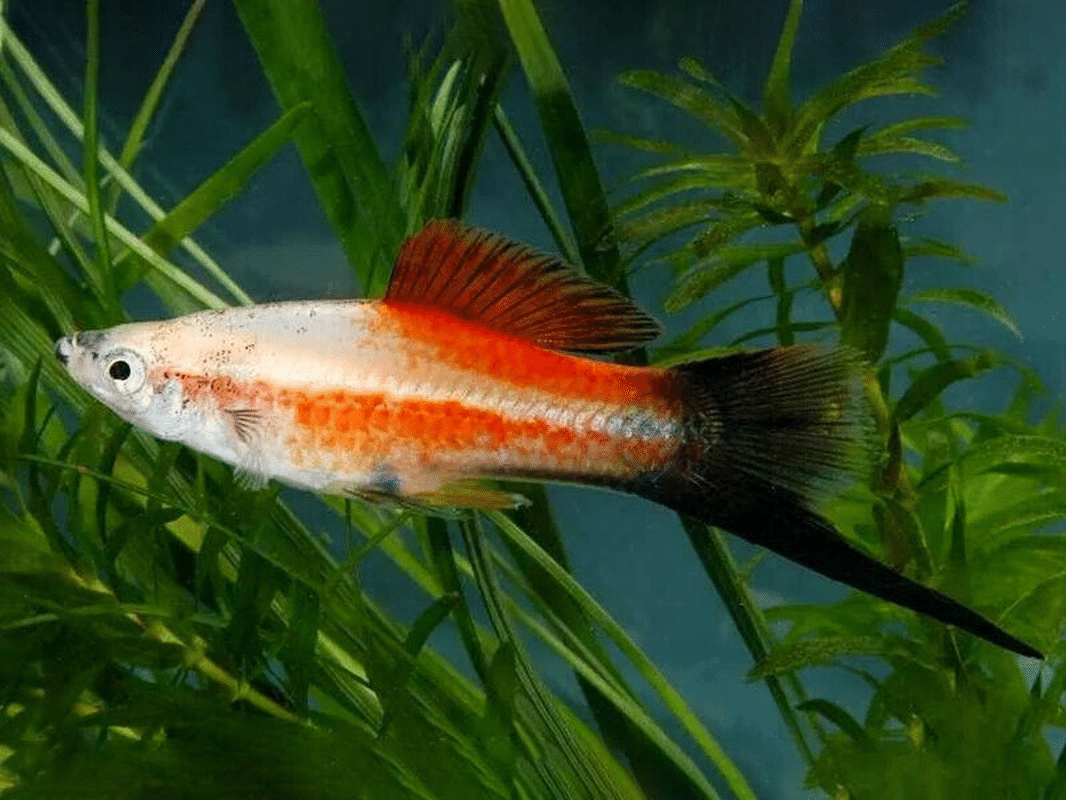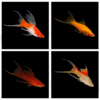-
×
Golden Eyes Vampire Crab - Geosesarma Sp. - Decapod Crustacean 3 × £8.71
-
×
-
×
-
×
-
×
-
×
-
×
-
×
-
×
-
×
-
×
Assorted Colour Vampire Crab Geosesarma Sp 2-3Cm 1 × £8.71
-
×
-
×
Subtotal: £656.32

 Golden Eyes Vampire Crab - Geosesarma Sp. - Decapod Crustacean
Golden Eyes Vampire Crab - Geosesarma Sp. - Decapod Crustacean 








 Assorted Colour Vampire Crab Geosesarma Sp 2-3Cm
Assorted Colour Vampire Crab Geosesarma Sp 2-3Cm 












Emily Carter (verified owner) –
I recently purchased 10 Pineapple Wagtail Swordtails, and I couldn’t be happier with my decision! As a caring fish parent, my top priority is always the health and happiness of my aquatic friends. These tropical fish have brought so much joy to my tank! After about two weeks, I’ve noticed their vibrant colors really stand out and they swim around playfully, showcasing their beautiful tails. I particularly love how they get along well with my other livebearers, creating a harmonious community in my 30-gallon aquarium. Compared to other swordtails I’ve had, these Pineapple Wagtails are much livelier and have a curious personality that keeps me entertained. They were shipped quickly and arrived healthy, which is always a plus. If you’re looking to brighten up your aquarium, I highly recommend these as they truly are a fantastic choice for both beginners and experienced hobbyists. Just make sure to give them enough space to thrive! Overall, a wonderful addition to any tropical fish collection.
Emily Carter (verified owner) –
I recently added 10 Pineapple Wagtail Swordtails to my 20-gallon tropical tank, and I couldn’t be happier! These stunning livebearers arrived in great condition, well-packaged and healthy. After just one week, they have already settled in beautifully, showcasing their vibrant colors and playful personalities. It’s been such a joy watching them swim around and interact with each other. I chose these swordtails because they are known to be beginner fish, and they’ve been a perfect fit for my setup, thriving alongside my other peaceful species.
What really impressed me is how resilient they are. Compared to other livebearers I’ve kept, these swordtails seem much more active and less shy, making them a delightful addition to my community tank. However, I did notice that they appreciate having some plants to hide in, so be sure to add some greenery!
I highly recommend these fish for anyone looking to add vibrant, engaging companions to their aquarium. Whether you’re a beginner or an experienced hobbyist, these swordtails will bring joy and beauty to your tank. Plus, knowing they are easy to care for makes them a fantastic choice for those just starting out in the world of tropical fish.